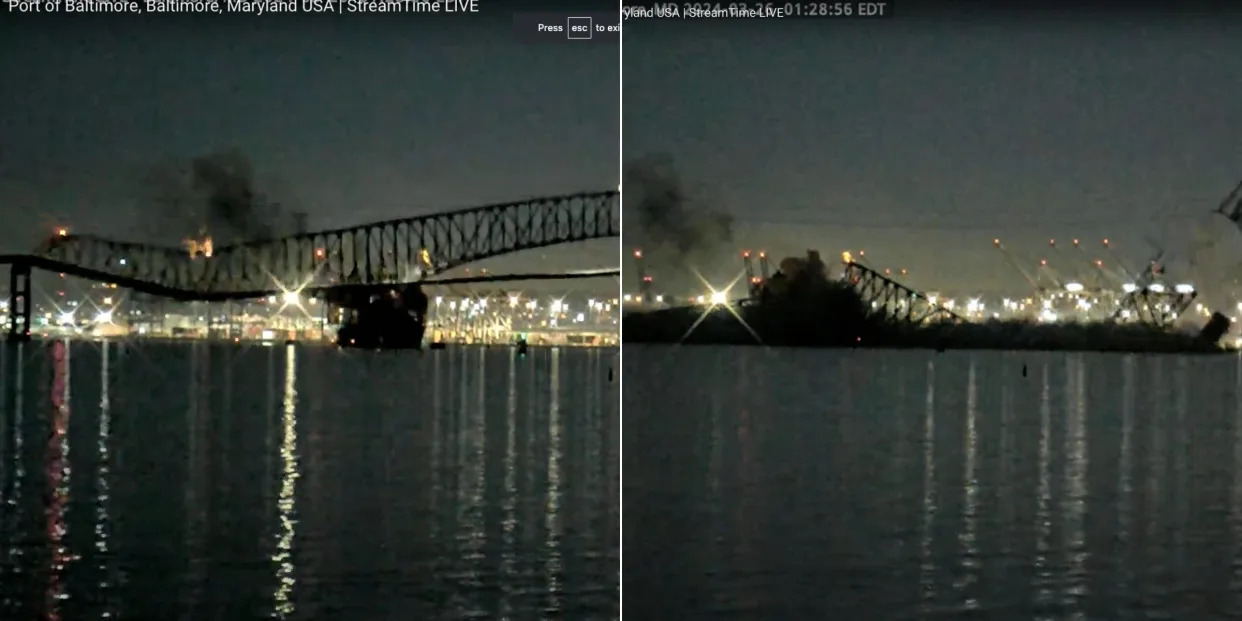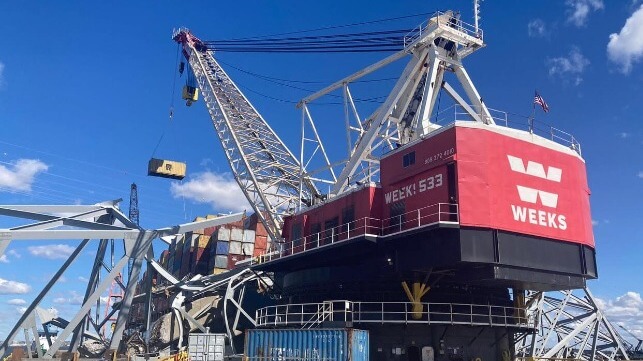Protesters In Baltimore Pulled Down A Statue Of Christopher Columbus And Threw It Into The Harbor
The statue is the latest in a list of monuments depicting enslavers and colonizers that have been torn down amid Black Lives Matter protests.
Stephanie K. Baer BuzzFeed News Reporter
Posted on July 4, 2020,
Protesters tore down a statue of Christopher Columbus and tossed it into the harbor in Baltimore Saturday night in what is the latest monument depicting enslavers and colonizers in the US to topple.
Videos showed demonstrators cheering as they pulled down the statue near the city's Little Italy neighborhood with rope, and later pushing it into the water.

spencer compton@spencercompton
Baltimore just tore down the Columbus statue ✊🏿✊🏾✊🏽✊🏼✊🏻 #blacklivesmatter12:54 AM - 05 Jul 2020
Reply Retweet Favorite
Dedicated in 1984, the marble statue is one of three monuments to Columbus in the city, according to the Baltimore Sun. This week, the city council introduced a bill to rename one of the Columbus statues in honor of victims of police brutality.

J. M. Giordano photo@jmgpix
Baltimore’s Columbus statue gets dumped in the harbor01:03 AM - 05 Jul 2020
Reply Retweet Favorite
Amid a global reckoning over police brutality and violence against Black and Indigenous people, protesters have been tearing down statues of Confederacy leaders, enslavers, and colonizers.
Last month, protesters brought down a bronze statue of Confederate president Jefferson Davis in Richmond, Virginia, and demonstrators in Boston beheaded a statue of Columbus.
Protesters Tore Down A Statue Of Confederate President Jefferson Davis In VirginiaAmber Jamieson · June 11, 2020
Statues In The US And Around The World Are Being Beheaded And Torn Down Amid Black Lives Matter ProtestsAde Onibada · June 10, 2020

Stephanie Baer is a reporter with BuzzFeed News and is based in Los Angeles.
Columbus statue toppled by Baltimore protesters

In this Monday, Oct. 9, 1984, file photo, President Ronald Reagan addresses a ceremony in Baltimore, to unveil a statue of Christopher Columbus. Baltimore protesters pulled down the statue of Christopher Columbus and threw it into the city's Inner Harbor, Saturday, July 4, 2020. (AP Photo/Lana Harris, File)
BALTIMORE (AP) — Baltimore protesters pulled down a statue of Christopher Columbus and threw it into the city’s Inner Harbor on Saturday night.
Demonstrators used ropes to topple the monument near the Little Italy neighborhood, news outlets reported.
Protesters mobilized by the death of George Floyd at the hands of police have called for the removal of statues of Columbus, Confederate figures and others. They say the Italian explorer is responsible for the genocide and exploitation of native peoples in the Americas.
According to The Baltimore Sun, the statue was owned by the city and dedicated in 1984 by former Mayor William Donald Schaefer and President Ronald Reagan.
A spokesman for Baltimore Mayor Bernard C. “Jack” Young told The Sun the toppling of the statue is a part of a national and global reexamination over monuments “that may represent different things to different people.”
“We understand the dynamics that are playing out in Baltimore are part of a national narrative,” Lester Davis said.
Statues of Columbus have also been toppled or vandalized in cities such as Miami; Richmond, Virginia; St. Paul, Minnesota; and Boston, where one was decapitated.
The Latest: Confederate statue in Maryland toppled
yesterday
The Latest on protests over racial inequality:
(AP) LOTHIAN, Md. — A privately owned Confederate statue at a Maryland church has been toppled and vandalized, according to police.
The Capital Gazette reports that photos provided by Anne Arundel County police show that the statue at Mt. Calvary Anglican Church in Lothian was ripped off its concrete platform.
The word “racist” was written in red spray paint on the platform and descriptive plaque for the statue of Private Benjamin Welch Owens, who served in a Confederate Maryland artillery unit during the Civil War.
Police said the statue was last seen undamaged late Thursday. No suspects were immediately identified.
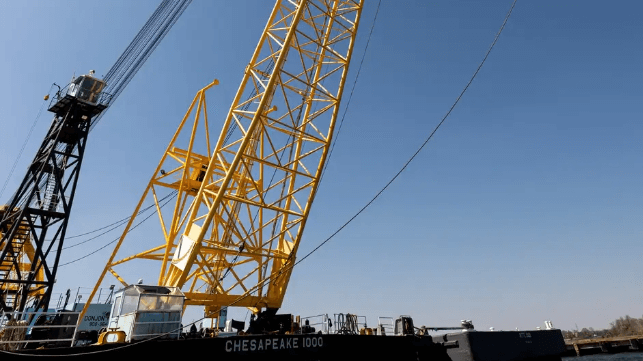
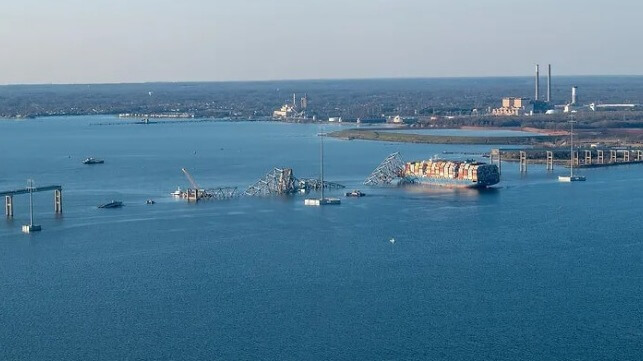
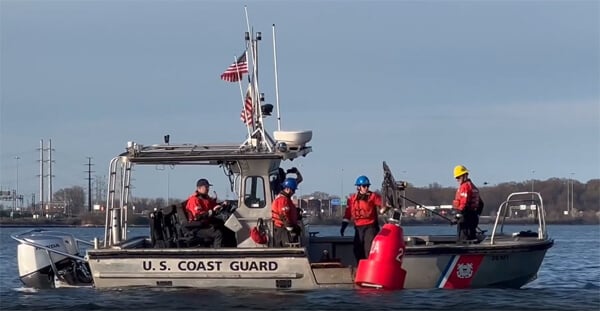
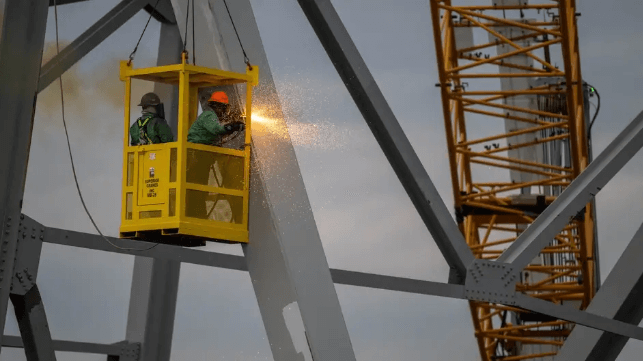
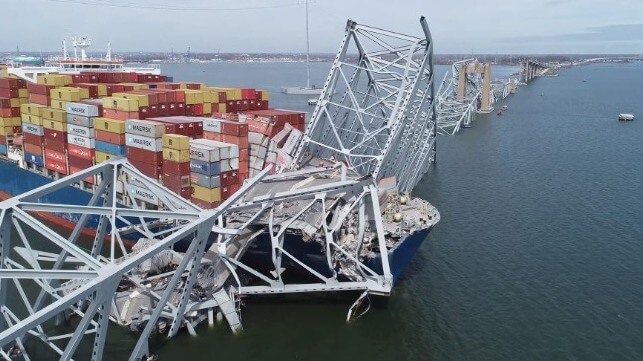
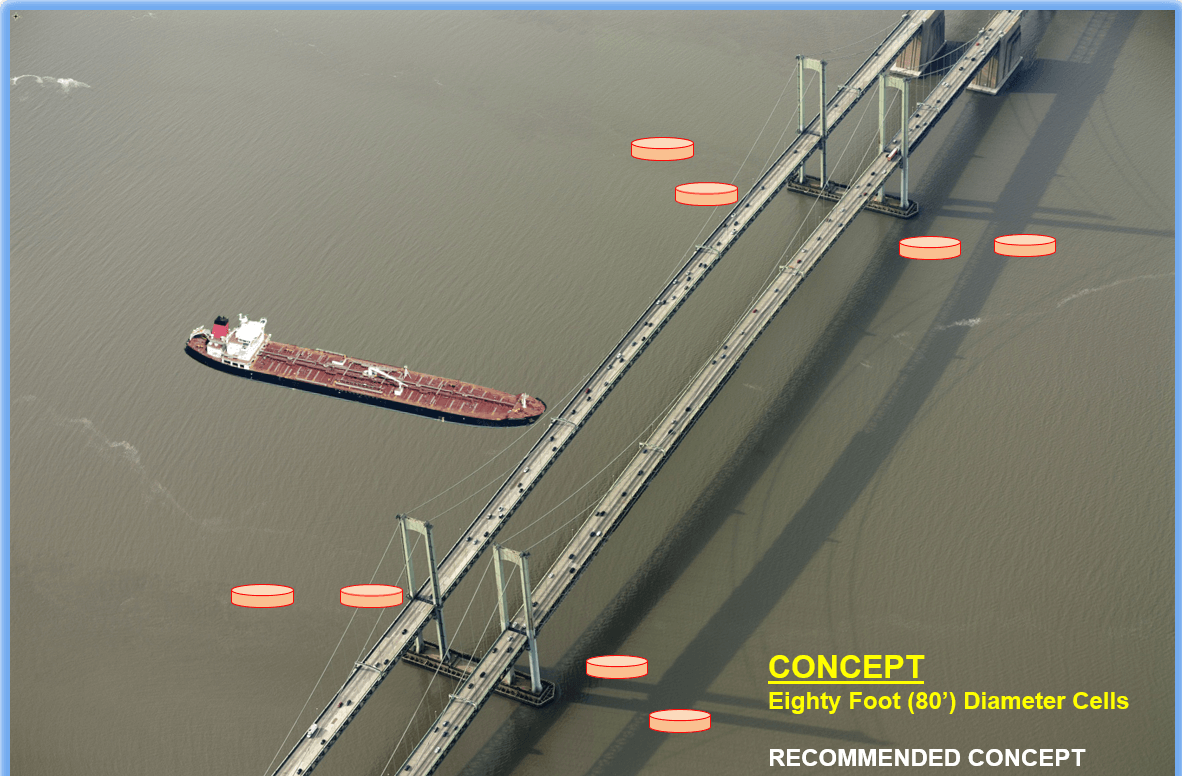 Illustration courtesy DRBA
Illustration courtesy DRBA